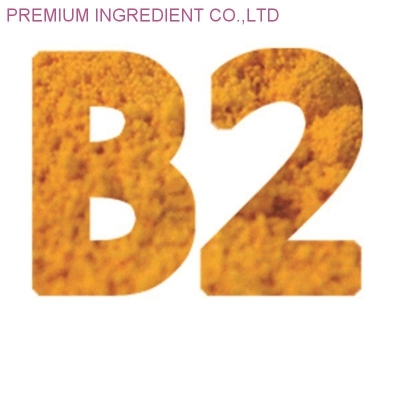-
Categories
-
Pharmaceutical Intermediates
-
Active Pharmaceutical Ingredients
-
Food Additives
- Industrial Coatings
- Agrochemicals
- Dyes and Pigments
- Surfactant
- Flavors and Fragrances
- Chemical Reagents
- Catalyst and Auxiliary
- Natural Products
- Inorganic Chemistry
-
Organic Chemistry
-
Biochemical Engineering
- Analytical Chemistry
- Cosmetic Ingredient
-
Pharmaceutical Intermediates
Promotion
ECHEMI Mall
Wholesale
Weekly Price
Exhibition
News
-
Trade Service
Sodium Morrhuate is an important chemical compound that is widely used in the chemical industry.
It is a white or yellowish-white solid that is soluble in water and organic solvents.
The production process of Sodium Morrhuate involves several steps, each of which requires careful planning and execution to ensure that the final product meets the required quality standards.
- Raw Material Preparation
The first step in the production of Sodium Morrhuate is the preparation of raw materials.
The main raw material used in the production of Sodium Morrhuate is sodium hydroxide, which is obtained by the electrolysis of water.
Other raw materials that may be used include sulfuric acid, hydrogen peroxide, and sodium chloride.
The raw materials are carefully weighed and mixed in the required proportions to ensure that the final product is of the correct composition. - Neutralization
The next step in the production of Sodium Morrhuate is neutralization.
In this step, sulfuric acid and sodium hydroxide are mixed in the required proportions to produce sodium sulfate.
The neutralization reaction is carefully controlled to ensure that the pH of the solution is maintained within a narrow range.
The neutralization reaction is typically carried out in a batch reactor, and the reaction mixture is stirred to ensure that the reaction proceeds smoothly. - Oxidation
The next step in the production of Sodium Morrhuate is oxidation.
In this step, hydrogen peroxide is added to the reaction mixture from step 2, and the reaction is allowed to proceed under controlled conditions.
The oxidation reaction is typically carried out in a continuous reactor, and the reaction mixture is stirred and heated to ensure that the reaction proceeds smoothly.
The reaction is monitored carefully to ensure that the concentration of hydrogen peroxide remains within the required range. - Hydrolysis
The next step in the production of Sodium Morrhuate is hydrolysis.
In this step, the reaction mixture from step 3 is treated with sodium chloride to initiate the hydrolysis reaction.
The reaction is allowed to proceed under controlled conditions, and the reaction mixture is stirred and heated to ensure that the reaction proceeds smoothly.
The reaction is monitored carefully to ensure that the concentration of sodium chloride remains within the required range. - Crystallization
The final step in the production of Sodium Morrhuate is crystallization.
In this step, the reaction mixture from step 4 is allowed to cool, and the resulting crystals are collected and washed with water to remove any impurities.
The crystals are then dried and ground to a fine powder to ensure that they are of the correct size and shape.
The powder is then packaged and shipped to customers.
The production process of Sodium Morrhuate is a complex and multistage process that requires careful planning and execution.
The quality of the final product depends on the accuracy and precision with which each step is carried out.
The process is typically carried out in a chemical plant that is equipped with the necessary equipment and facilities to ensure that the production process is safe and efficient.
The plant may also have Quality Control procedures in place to ensure that the final product meets the required quality standards.
In conclusion, the production process of Sodium Morrhuate involves several steps, each of which requires careful planning and execution to ensure that the final product is of the correct composition and meets the required quality standards.
The production process is typically carried out in a chemical plant that is equipped with the necessary equipment and facilities to ensure that the process is safe and efficient.
The quality of the final product depends on the accuracy and precision with which each step is carried out, and the plant may also have Quality Control procedures in place to ensure that the final product meets the required quality standards.







